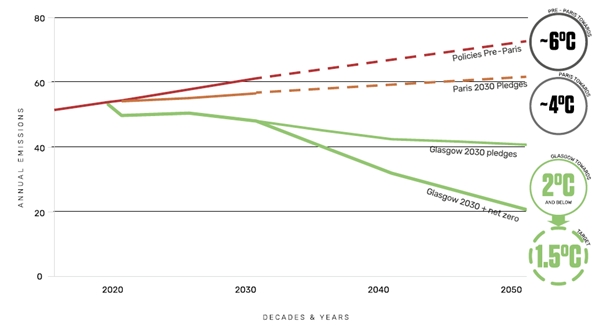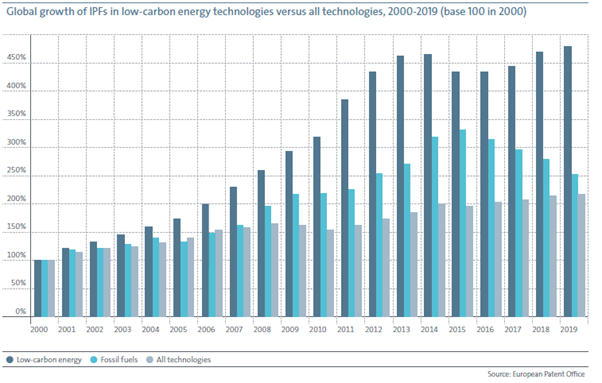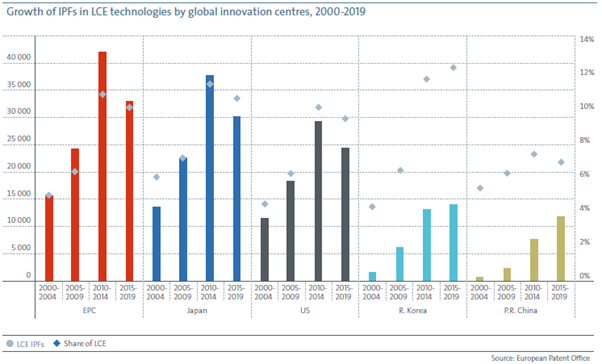Christmas closing dates
Wishing you a happy Christmas and New Year from all the team at Wilson Gunn!
The Paris Agreement was a result of COP21 which took place in Paris in 2015. At that time and for the first time ever, every country agreed to work together to limit global warming to well below 2°C and aim for 1.5 °C, to adapt to the impacts of a changing climate and to make money available to deliver on these aims.
COP26 took place recently in Glasgow, ending on 13 November 2021. Every Party at COP26 – representing almost 200 countries – agreed on the Glasgow Climate Pact.
Two years ago, around 30% of world GDP was covered by Net Zero commitments; now over 90% of world GDP and over 85% of global emissions are now covered by net zero commitments.
As a result, the United Nations projects greenhouse gas emissions will be around 5 billion tonnes lower by 2030 – equivalent to more than ten years of current UK emissions. This graph from the COP26: THE GLASGOW CLIMATE PACT, shows the scope of changes required in terms of annual emissions:

The Glasgow Climate Pact keeps the 1.5°C within reach if countries take concerted and immediate action in four key areas identified as phasing down coal power, halting and reversing deforestation, speeding up the switch to electric vehicles and reducing methane emissions.
The changes to these areas should lead to an increase in opportunities for new technologies to replace those currently used. The question could be asked though, are commitments such as these made by governments empty words, or does patent data support the contention that the commitments lead to actual new technologies being developed?
The European Patent Office published a report in April 2021 on trends in low-carbon energy (LCE) innovation. The report used new approaches to identify patents related to fossil fuel technologies based on measuring numbers of international patent families (IPF) which the report defines as including patent applications targeting at least two countries.
The overall results (worldwide) show the number of fossil fuel patents declining as the number of low-carbon energy, LCE, patents grows.
There was a slump in patenting activity around 2015 and lasting 2-3 years, but following that, there has now been three years of growth in low carbon energy patenting in many key technologies as the following graphic shows.

This growth in low-carbon energy patenting, combined with a decrease in fossil fuel patenting which also began in around 2015, shows that the trend in patenting at least has shifted since 2015, to one which is much more focussed on low-carbon energy patenting.
Also of some interest is that the data shows that Europe, Japan and the US dominate the global LCE innovation landscape. These three together account for more than three quarters of all IPFs generated from 2000 to 2019.
Europe has been a major player in patenting activities related to clean energy since 2000. Europe generated 28% of all IPFs in LCE technologies between 2010 and 2019. Japan followed close behind, with about 25% IPFs between 2010 and 2019, and the US came a more distant third (20%).

Within Europe, low carbon energy innovation has increased significantly in all leading European countries after 2010. Germany dominates the low carbon energy innovation landscape in Europe and it alone contributed about 11.6% of global IPFs between 2010 and 2019. Denmark also shows a particularly high low carbon energy share of patents, which indicates a strong specialisation in these technologies.
It must be stressed that the numbers above relate to international patent families which the report defines as including patent applications targeting at least two countries. It also does not attempt to give a view on the relationship between the number of IPFs and the implementation of the technologies in the low carbon emission IPFs.
The trends in the patent data, whilst they may be a lead indicator of the shift away from fossil fuels and toward low carbon emission technologies, do not, in themselves establish that society is moving in that direction, only that the patent filing trend has moved in that direction.
There is also an unprecedented amount of funding available to facilitate the transition to clean energy with international partners agreeing at COP26 to provide over $20 billion for the transition from coal to clean energy.
It is, therefore, a brighter sign that the patenting trend has moved toward low carbon emission technologies and we can only hope that patent trends continue to manifest in a paradigm shift toward low carbon emission technologies, particularly their implementation and uptake by society at large. If we are to achieve the aims agreed as the outcomes of the COP26 summit, then that implementation and uptake, together with continued innovation in the low carbon energy space, is essential.
Alternatively, please contact us and we can advise further.